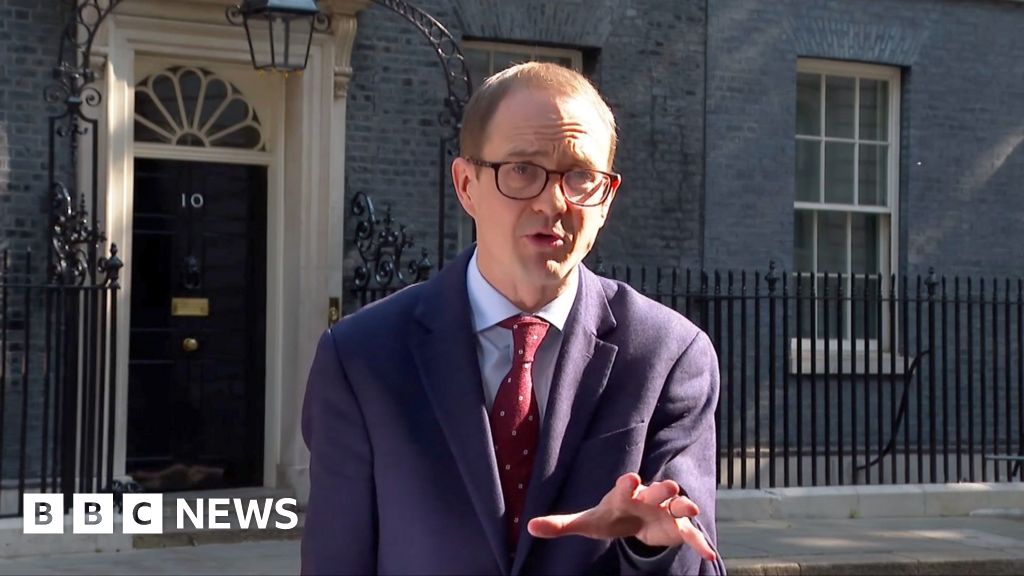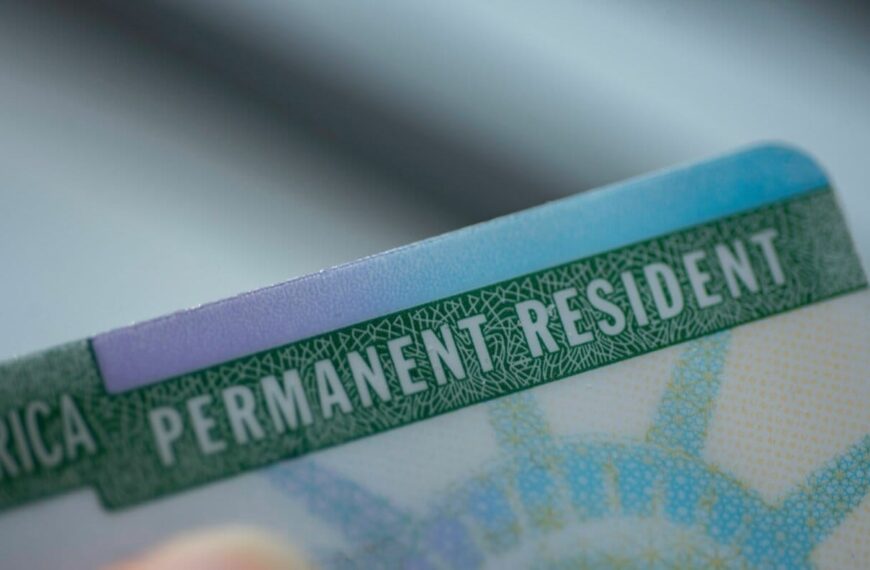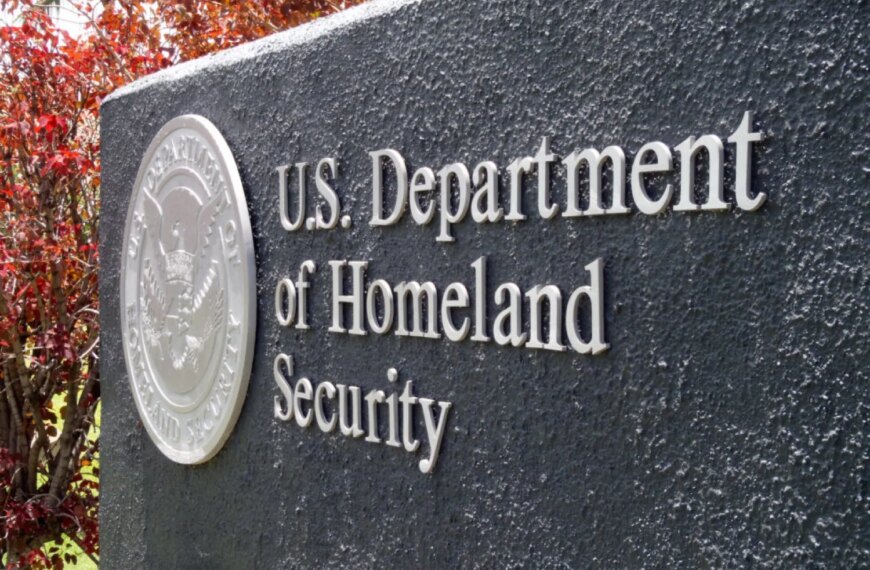Understanding UK Immigration: A 60-Year Overview
The landscape of immigration in the UK has undergone significant changes over the last six decades. These transformations mirror global trends, national policies, and socio-economic factors. In this article, we will delve into the evolution of UK immigration, highlighting key developments, statistics, and the implications of current policies.
The Early Years: 1960s-1980s
During the 1960s, the UK witnessed an increase in immigration from Commonwealth countries, primarily due to labor shortages. This period marked the beginning of a diverse cultural shift as individuals from countries such as Jamaica, India, and Pakistan settled in the UK. The introduction of the Immigration Act 1971 established the framework for controlled immigration, emphasizing the right of residency based on nationality.
Key developments during this time included:
The 1980s saw the emergence of debates surrounding immigration policies, particularly concerning asylum seekers and refugees. This period also marked the establishment of the UK Borders Act 2007, which aimed to enhance border security and immigration control.
Modern Changes: 1990s-Present
The 1990s introduced more comprehensive immigration reforms, including the Asylum and Immigration Act 1996, which aimed to streamline the process for asylum seekers. However, the challenges of illegal immigration and human trafficking began to surface during this decade.
By the early 2000s, immigration became a focal point in UK politics, leading to the introduction of the Points-Based System in 2008. This system was designed to attract skilled workers while maintaining control over immigration levels. The system categorized immigrants into tiers based on their skills and qualifications.
Impact of Brexit on Immigration
The decision to leave the European Union in 2016 brought about significant changes to UK immigration policies. The end of free movement for EU citizens has led to a reevaluation of immigration strategies. The UK government introduced a new immigration system in January 2021, designed to prioritize skilled workers and reduce reliance on low-skilled labor.
Key aspects of the new system include:
These changes have sparked discussions about the implications for various sectors, particularly those reliant on low-skilled labor, such as agriculture and hospitality.
Current Trends and Future Outlook
As we move forward, the landscape of UK immigration continues to evolve. Recent reports indicate a surge in applications for skilled worker visas, reflecting the demand for talent in various industries. Additionally, the ongoing refugee crisis and humanitarian considerations have prompted calls for reforms to support vulnerable populations.
In 2023, the focus remains on balancing economic needs with humanitarian responsibilities. The UK government is also exploring initiatives to enhance integration and support for immigrants, fostering social cohesion within communities.
For immigrants navigating the complexities of the system, tools such as the USCIS Office Locator and various online resources can provide valuable assistance. Additionally, staying informed about immigration news, including updates on programs like DACA and advancements in humanitarian parole, is crucial for understanding one’s rights and options.
Conclusion
The last 60 years of UK immigration have been marked by transformative changes, driven by policy adjustments and societal shifts. As the nation grapples with the implications of Brexit and evolving global dynamics, the future of UK immigration remains a topic of significant importance. Engaging with ongoing immigration reform news and understanding the current landscape is essential for anyone involved in or affected by immigration processes.
As we reflect on the past and look to the future, it is clear that immigration will continue to shape the UK’s identity and economy. By fostering informed discussions and promoting inclusive policies, the UK can strive to create a fair and effective immigration system that serves both the nation and its diverse population.










